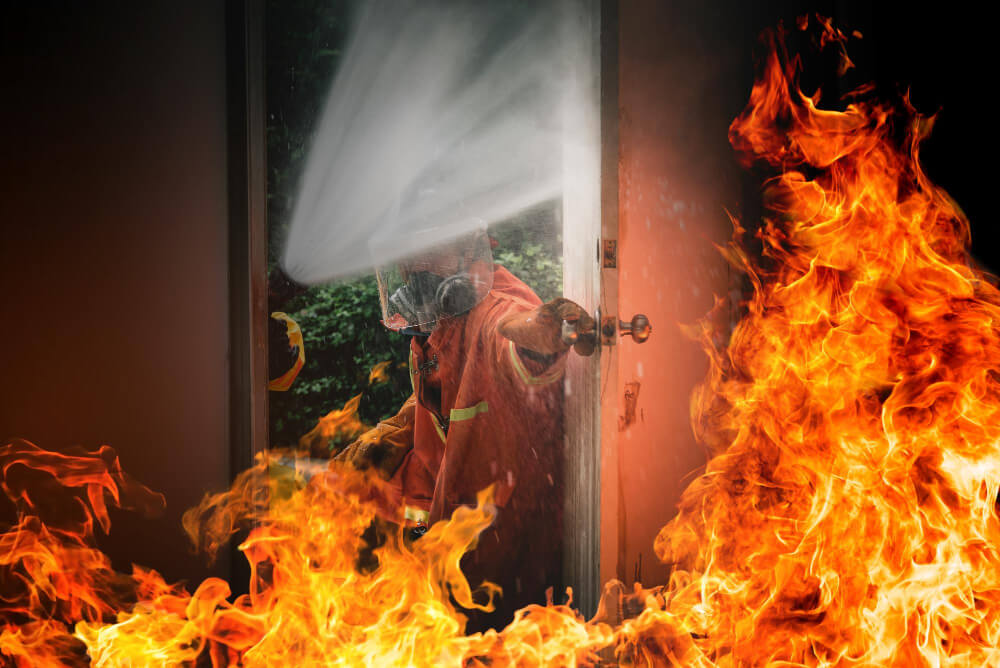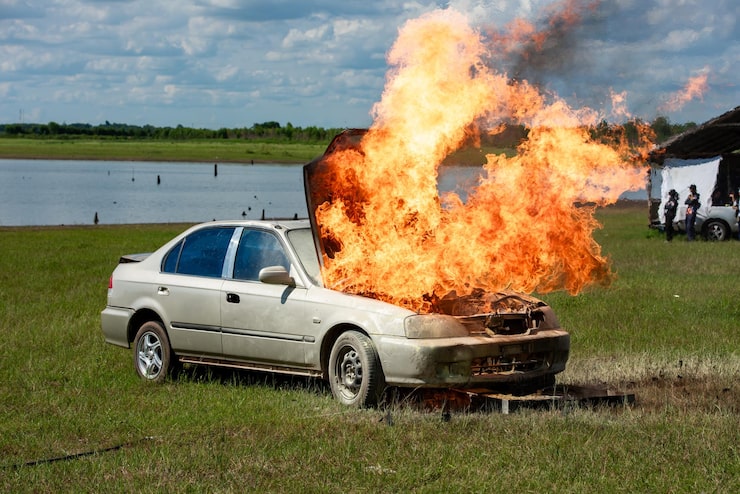
Rising from the Ashes: Services After the Fire
Introduction:
In the aftermath of a devastating fire, communities are left grappling with the physical, emotional, and economic toll. The immediate response to a fire is crucial for saving lives and property, but what follows is equally significant in rebuilding and healing. Services after the fire play a pivotal role in helping individuals and communities rise from the ashes, offering support, restoration, and a path toward recovery.
Emergency Services:
The first responders are the unsung heroes in the wake of a fire. Firefighters, paramedics, and law enforcement work tirelessly to contain the blaze, rescue those in danger, and provide immediate medical attention. These emergency services not only save lives but also set the foundation for the subsequent phases of recovery.
Disaster Relief Organizations:
Numerous organizations specialize in disaster relief and play a crucial role in providing immediate assistance to those affected by fires. The Red Cross, Salvation Army, and various local and international NGOs step in with resources like food, shelter, clothing, and medical aid. These services are lifelines for individuals and families who have lost everything and find themselves displaced.
Crisis Counseling:
Fires leave deep emotional scars, and the trauma can persist long after the flames are extinguished. Crisis counseling services are vital in helping individuals cope with the psychological aftermath. Trained counselors and mental health professionals offer support, coping mechanisms, and a safe space for individuals and communities to process their grief and anxiety.
Insurance Assistance:
Navigating the complex process of insurance claims can be overwhelming for fire victims. Insurance companies often provide dedicated support services to help individuals understand their policies, file claims efficiently, and expedite the reimbursement process. This assistance is instrumental in rebuilding homes and lives, providing financial stability in the face of adversity.
Restoration and Reconstruction:
Once the immediate crisis is addressed, the focus shifts to rebuilding what was lost. Restoration and reconstruction services play a pivotal role in physically rebuilding homes, businesses, and infrastructure. Contractors, architects, and construction teams collaborate to restore the affected areas, aiming not only for functional reconstruction but also for creating spaces that foster a sense of normalcy and security.
Community Support:
Communities affected by fires often rally together to provide support beyond what formal services can offer. Local businesses, neighbors, and community groups organize fundraisers, donation drives, and volunteer efforts. This grassroots support is a testament to the resilience and strength of communities coming together in the face of adversity.
Educational Outreach:
Prevention is a key component of managing the aftermath of fires. Educational outreach programs aim to raise awareness about fire safety, evacuation procedures, and preparedness measures. These programs help communities develop resilience and proactive strategies to mitigate the impact of future disasters.
Environmental Restoration:
Fires not only impact human lives but also have severe consequences for the environment. Environmental restoration services focus on rehabilitating ecosystems, replanting vegetation, and preventing soil erosion. These efforts contribute to the overall recovery of the affected areas and promote the long-term sustainability of the environment.
Conclusion:
Services after the fire are the backbone of recovery, providing essential support to individuals and communities during their journey of rebuilding. From emergency response teams to community-driven initiatives, these services embody the spirit of resilience, compassion, and solidarity. As communities come together, harnessing the power of these services, they not only rebuild what was lost but also pave the way for a stronger and more prepared future.



